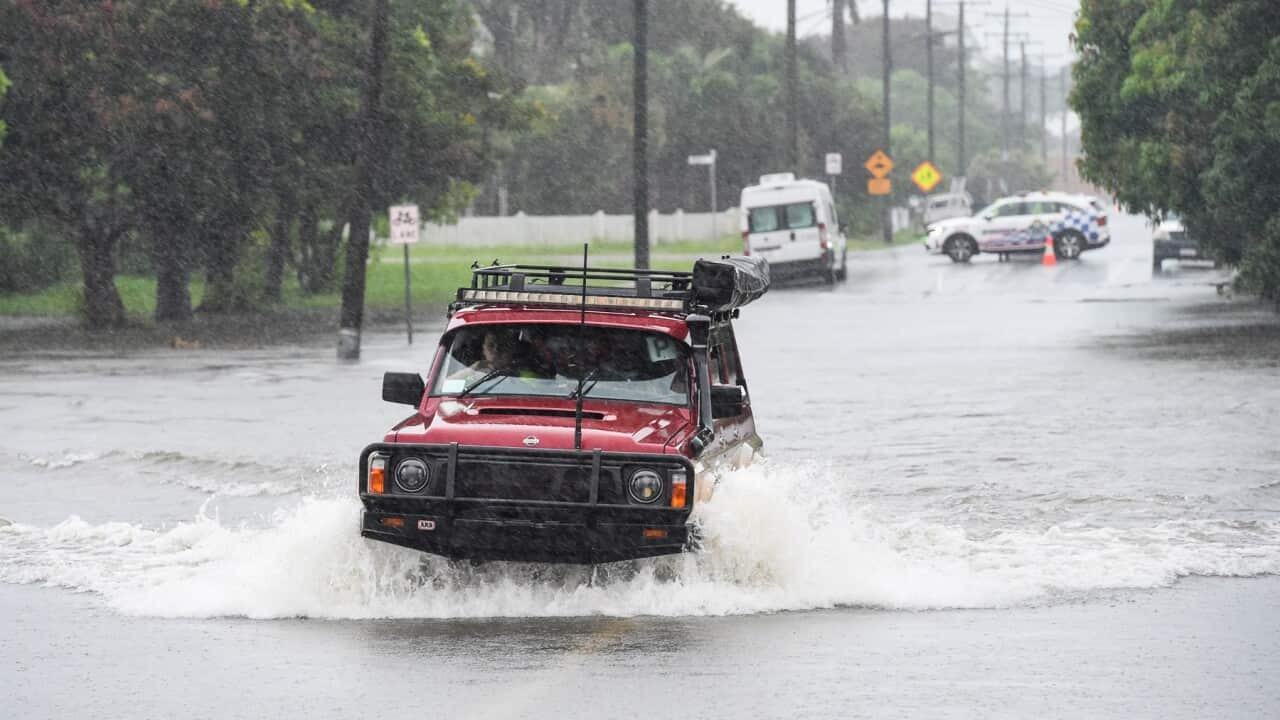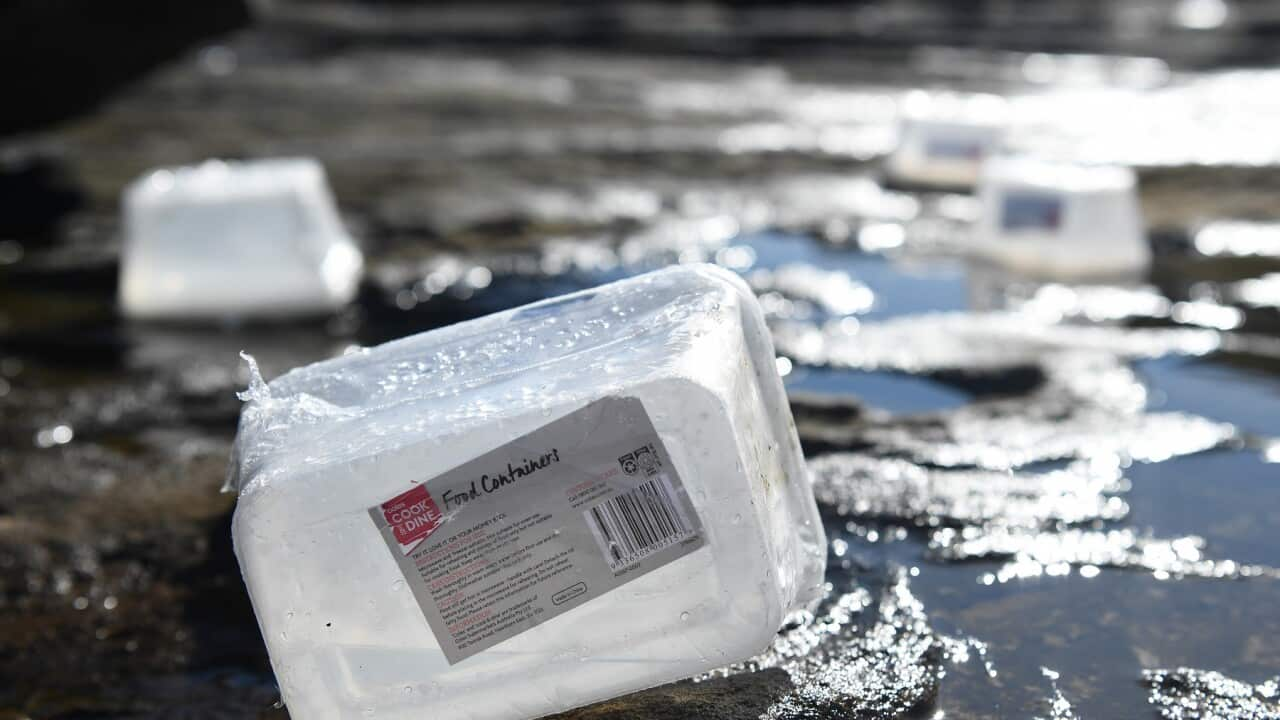TRANSCRIPT
"For this to work, carbon dioxide removal has to go from something that most people have never heard of to the largest thing that humanity has ever done in a really short time."
That was David Ho, a professor of oceanography at the University of Hawaii, talking about a new potential underwater solution to climate change.
The United Nations says the ocean is the biggest carbon sink currently available, absorbing at least a quarter of the world's emissions.
Ocean Scientist Will Burt says this provides a unique opportunity to reduce emissions from elsewhere.
"The problem, of course, at its root is that we’ve got too much carbon dioxide in the air and the logical storage place for some of that excess carbon is going to be the biggest reservoir by far that exists. And that reservoir is the ocean."
Several companies are testing a new theory that the carbon dioxide currently in the ocean can be reduced by changing it from a gas to a solid.
Will Burt is the chief ocean scientist at one of those companies.
His workplace, Planetary Technologies, has been using magnesium oxide to try to lock away carbon dioxide for centuries.
"You add an alkaline or a basic mineral to the ocean and that mineral is essentially an antacid. It neutralises acid the same way an antacid neutralises acid in your stomach. This alkaline mineral neutralises carbon dioxide acid in the ocean."
Some companies are using other items such as rocks or nutrients to try to produce the same effect, while others use seaweed and algae to absorb carbon similar to the way plants do it on land.
Testing from Planetary Technologies has found no risk to marine ecosystems from magnesium oxide so far.
However, some are still concerned.
Meghan Lapp, who works at fishing company SeaFreeze, says there are environmental protection concerns.
"You don't dump poison on your farmland. You don't dump poison in the ocean. And, you know, back in the 1970s we created the Clean Water Act to ensure that we have clean water and we're not dumping chemicals into the ocean. And now to be doing that in the name of carbon capture to me is just irresponsible."
To achieve its full impact, carbon dioxide removal needs to occur on a much larger scale than it currently does.
Professor Ho is also the co-founder of non-profit business C-Worthy, which focuses on using the seas to fight climate change.
The group is developing technology to assess the impact of marine carbon removal.
"The experiments that are being done now and the scale at which they're being done, it's pretty safe. The question is what happens when you scale it up to billions of tons every year? And that's still to be determined."
He explains further challenges will arise with the growth in scale.
"There's a challenge in the amount of energy that's needed, the amount of stuff we need to move around, the infrastructure that's needed. And there's also the challenge of who's going to pay for it because it's going to cost trillions of dollars every year."
Debates continue in the industry over how to balance the potential benefits to the environment and the risks of adding new materials to the ocean.
As tests are conducted from the waters of North America through to New Zealand, developments in the understanding of marine carbon removal are likely to continue.
While there are problems still to be solved, Planetary's Chief Scientist Will Burt says there is no time to delay.
"We can't spend half a century digging into the details of how the solution might work, because the whole point here is to mitigate against a rapidly accelerating climate crisis. That's why we're here. So we have to act with safety and integrity, but we also have to act fast."













